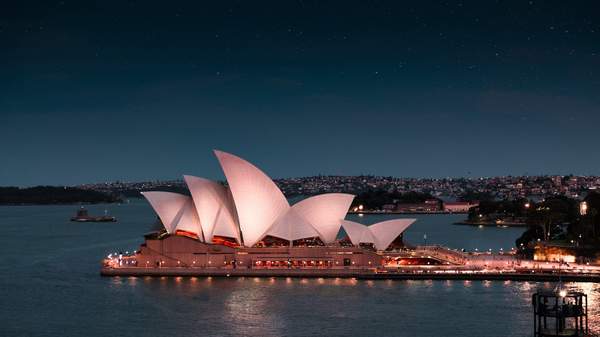Overview
With COVID-19 cases continuing to rise in New South Wales, Australia's internal borders have become a hot topic yet again. Since the new northern beaches cluster first came to light on Thursday, December 17, a number of states have changed their border arrangements — with Victorian Premier Daniel Andrews announcing today, Sunday, December 20, that his state is closing its borders to all of Greater Sydney and the Central Coast.
Victoria is declaring both of the two regions a 'red zone' under its new border entry system, which came into effect at midnight as Friday, December 18 ticked over to Saturday, December 19. Originally, just the northern beaches received that designation — which means folks from the area are "not eligible to apply for a Victorian Border Crossing Permit and are prohibited from entering Victoria" — but that has now been expanded.
Greater Sydney and the Central Coast will become red zones from midnight tonight (as Sunday, December 20 becomes Monday, December 21), which means that anyone who lives in, has visited, been in, or travelled through from either area who wants to go to Victoria will not be permitted to enter. As Premier Andrews explained, "nobody who is from those parts of Sydney, or Greater Sydney, or has visited that part of Greater Sydney will be allowed to travel back to Melbourne or any part of Victoria".
If people who have been in those NSW regions do arrive in Victoria and receive an exemption to enter, they'll be required to go into hotel quarantine for 14 days. An exception applies to Victorians who are returning home, as they'll receive an extra day — until midnight on Monday, December 21 — to return; however, they must quarantine in their homes. After that, though, the same rules apply to Victorians. "The door will close for home quarantine for Victorians on midnight Monday night," the Premier said. "If they don't get back in the next day and a half then, regardless of whether you are Victorian or not, you will go into 14 days of mandatory hotel quarantine."
If you're wondering what that means on the roads around the New South Wales-Victorian border, a hard border will be put into effect, which Premier Andrews also explained. "There will be 700 members of Victoria Police who will have various
checkpoints, many, many checkpoints along the New South Wales–Victoria border. There will be a permit system, so if you want to travel to Victoria by road you will need to get a permit. You will need to get another permit if you had one issued yesterday, because circumstances have changed."
But, residents of border communities won't require permits. "For local communities, all the local government areas on the New South Wales side of the border and on the Victorian side of the border will have freedom of movement. Just by simply showing your driver license to show where you live and you are from that bubble, if you like, you will be able to move back and forth," said the Premier.
As for how long the aforementioned changes will be in place, an end date wasn't given. Although the NSW Government has set 11.59pm on Wednesday, December 23 as its planned date to end the northern beaches lockdown, the request for Sydneysiders to cancel all non-essential activities and the new ten-person cap on gatherings at home, Victoria isn't working towards that date regarding the border. "They will not be open on midnight Wednesday night. I want to be clear on that... these arrangements will not be lifted on midnight Wednesday night," Premier Andrews advised.
The move comes as NSW recorded 30 new locally acquired cases of COVID-19 in the 24 hours to 8pm on Saturday, December 19.
Victoria has now gone 51 days without any local COVID-19 cases.
From midnight on Sunday, December 20 anyone who has visited the Greater Sydney and Central Coast areas in the past 14 days will not be allowed to enter Victoria unless they are a returning resident or are entering for one a few essential reasons. For more information, head to the Victorian Government coronavirus website.
